I’ve spent much of the last few days writing computer code for a new project, which like almost all my projects, is an outgrowth of an previous one. When I was working on the frozen flower pictures a few weeks ago, I noticed an interesting mistake. I had been making captures for stacking of some frozen flowers for a few hours, and some ice melted so that remaining started to float on the meltwater. That impacted the registration of the stacking software, and produced an unexpected result that was more appealing to me than a correctly-stacked one would have been.
As any artist with an experimental bent would have done, I began doing things to create stacking errors, learning what worked and what didn’t, and how to control the results. That was enjoyable and instructive. But I began to wish for more control over the stacking process and more automation of my experimenting. About a week ago, I decided to write my own stacking program, using a publically-available algorithm (and some code) described here:
- S. Paul, I.S. Sevcenco, P. Agathoklis, Multi-exposure and Multi-focus image fusion in gradient domain
- I.S. Sevcenco, P.J. Hampton, P. Agathoklis, A wavelet based method for image reconstruction from gradient data with applications, Multidimensional Systems and Signal Processing, November 2013
I learned a little bit about affine transforms (boy, I wish I’d taken Math 124 (linear algebra) when I was a Stanford undergrad) and coded a few simple ones calculated to get the stacking code to screw up. I threw some randomness into the transforms and had the computer crank out 30 results.
They’re not where I want them to be, but this is sufficiently encouraging that I’ll pursue it some more.
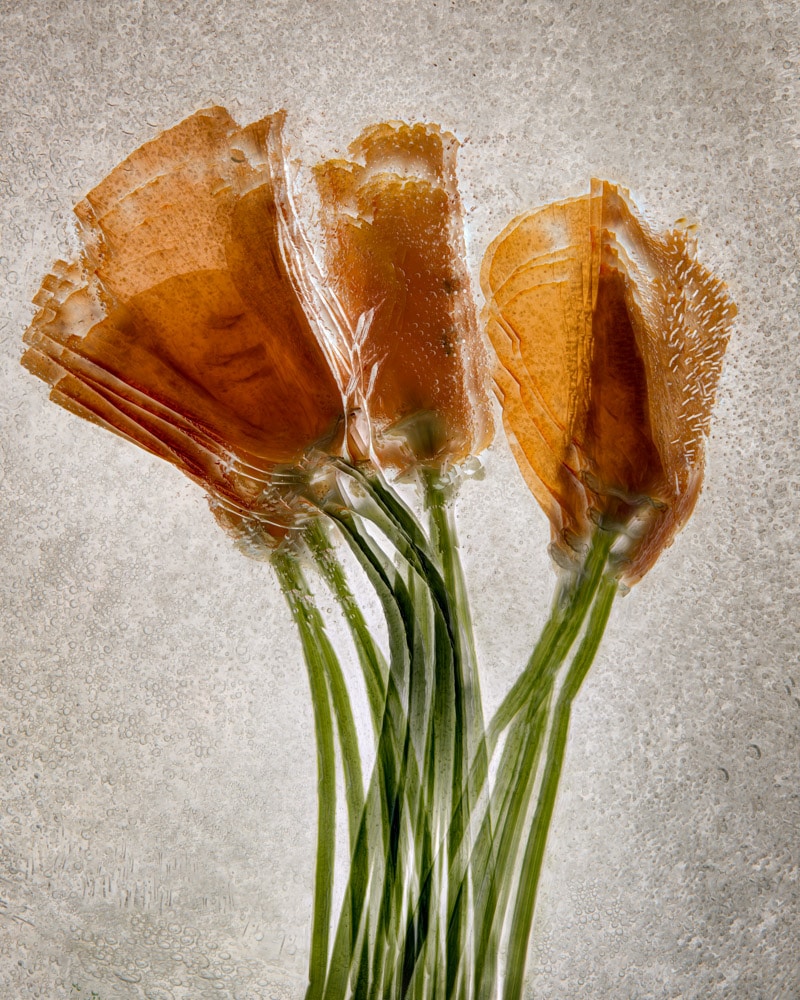
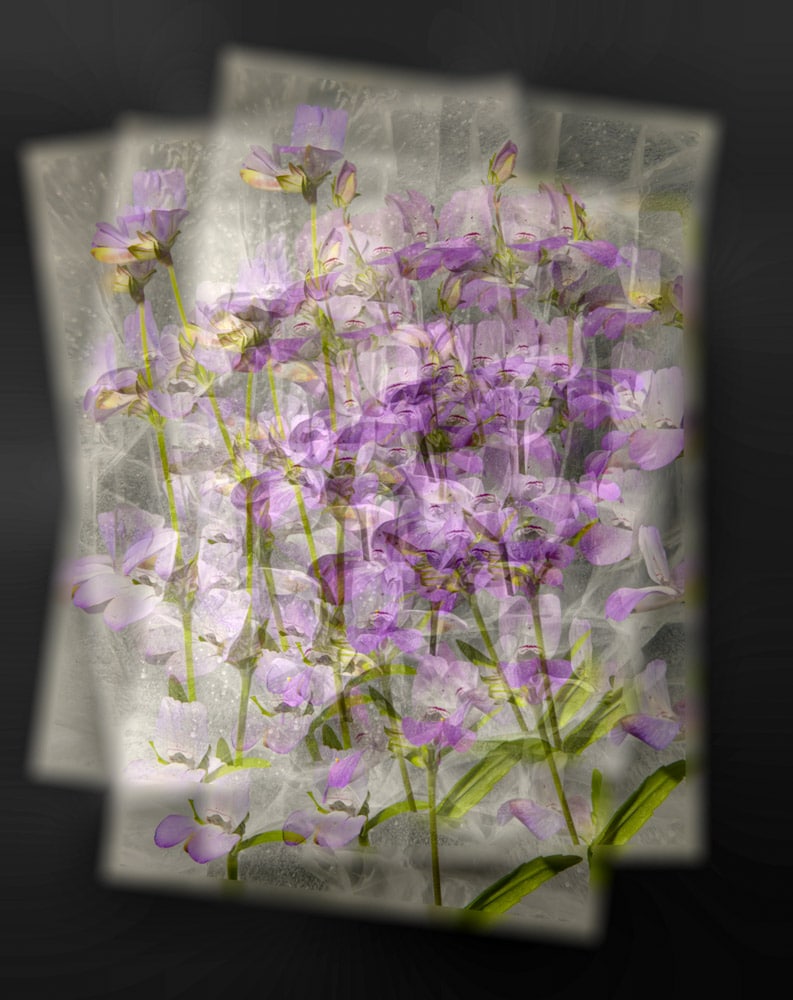
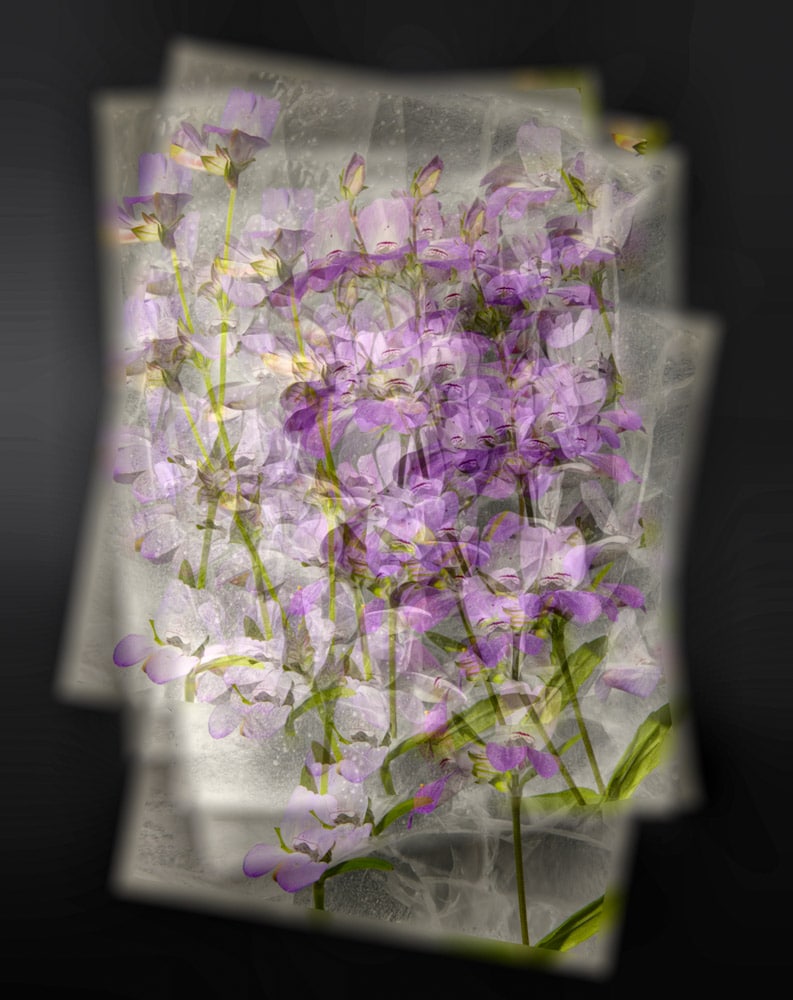
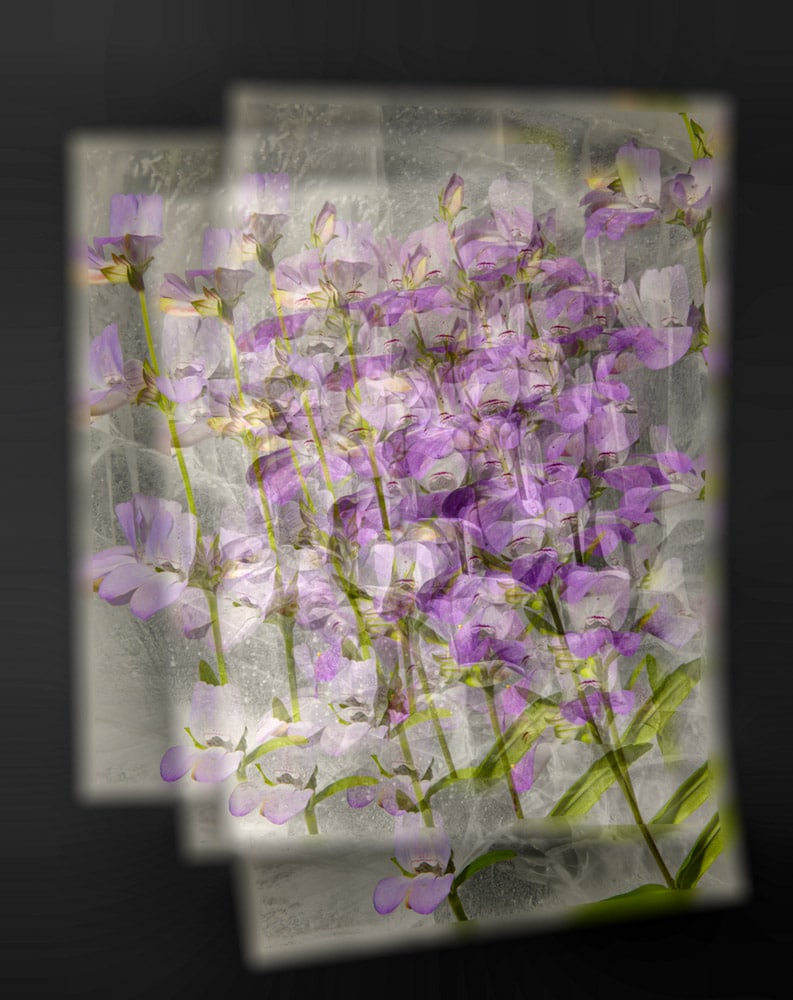
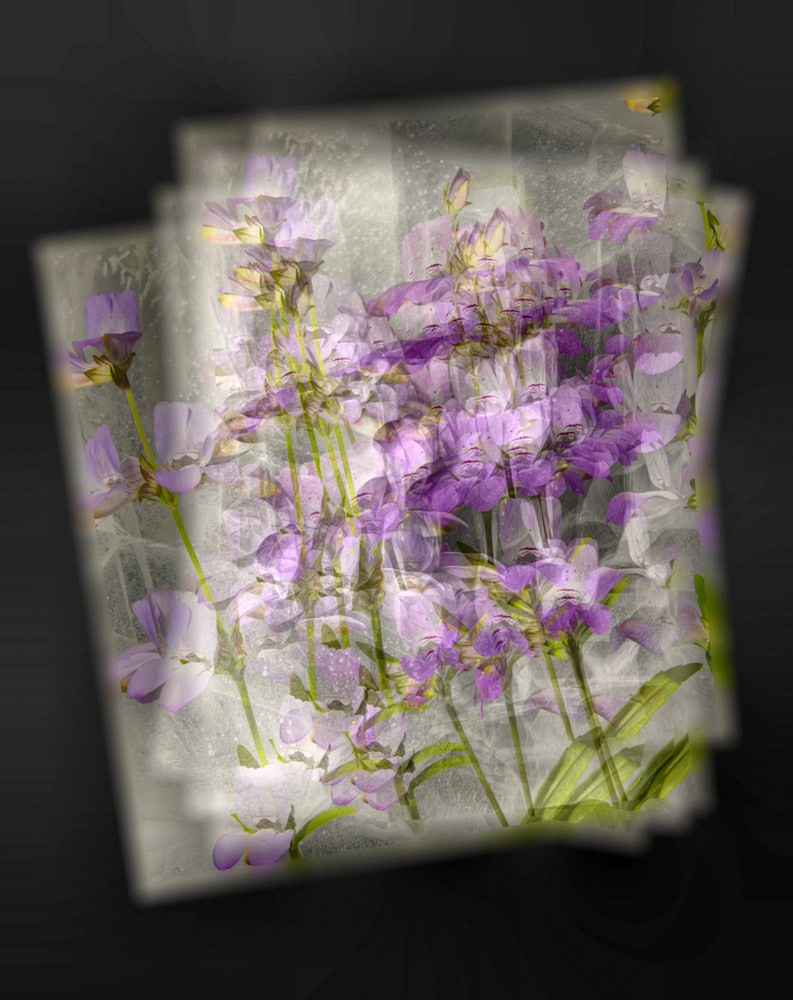
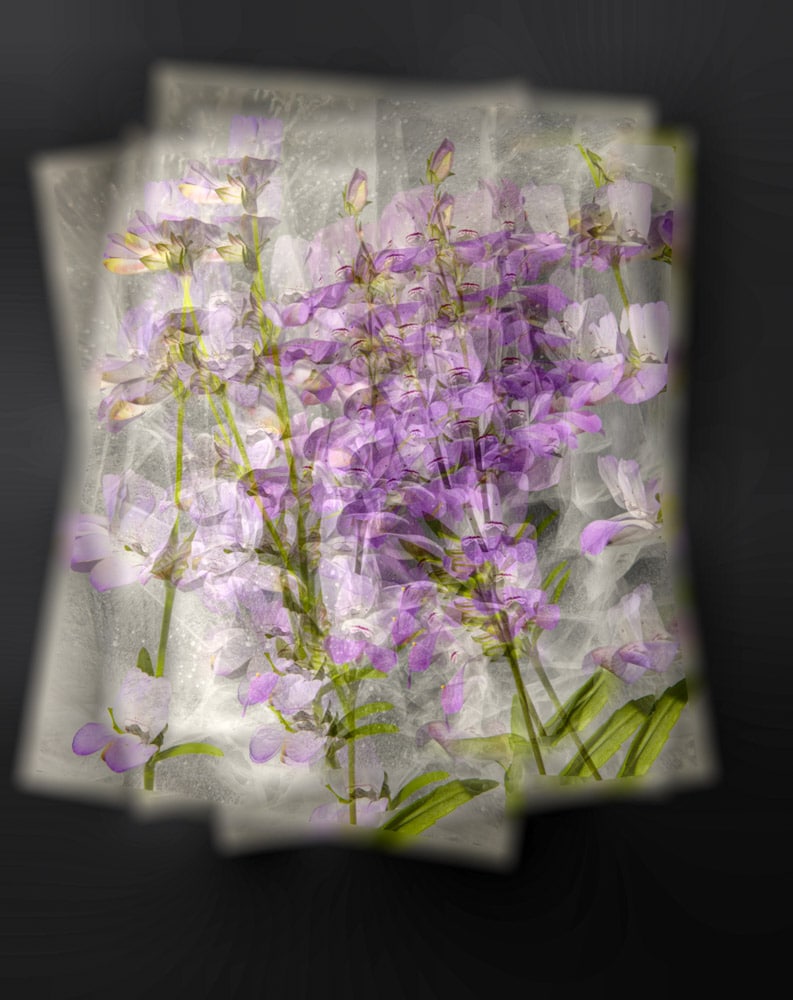
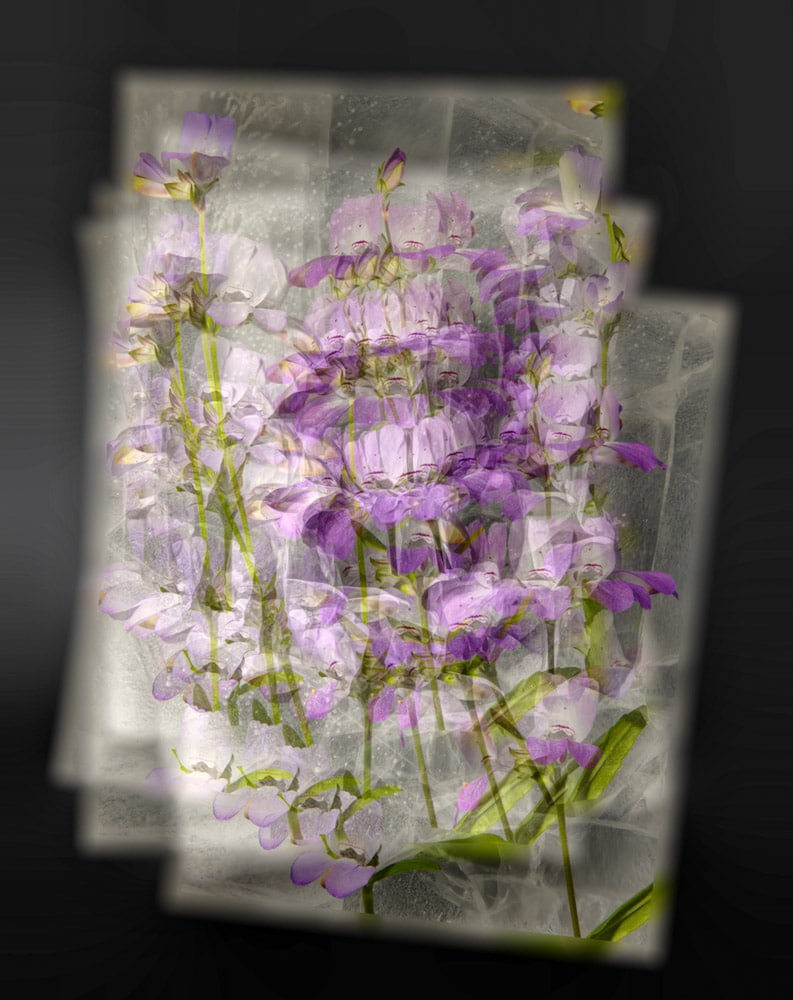
Nice ones! Reminds me of a mistake I made once and since then I repeat it occasionally on purpose: Loaded panorama images of a rather greyish mountain slope with drak trees and rocks into stacker software; looked like a bit abstract B&W pencil drawing. You knew that it must be something like a mountain with trees, but then again not quite for sure.
Huh. Funny thing, this. Years (Jeez, decades. OMG) ago, when I first took printmaking, I got interested in a form of this. With reduction woodblocks/linocuts, silkscreens, lithos, and other processes that required multiple passes to build up different colors, registration of course is the big deal. Naturally, I would mess this up on occasion. Equally naturally, I got quite interested in “mistakes”, to the point that I began to do things to generate them in ways I found interesting and that advanced some aesthetic purpose. Part of that derived from the tension between the aleatory and the predictable. Still very much in the air at the time, mid ’70’s, in art and classical music/jazz circles (with some experimental rock, a la Fripp and Eno thrown in).